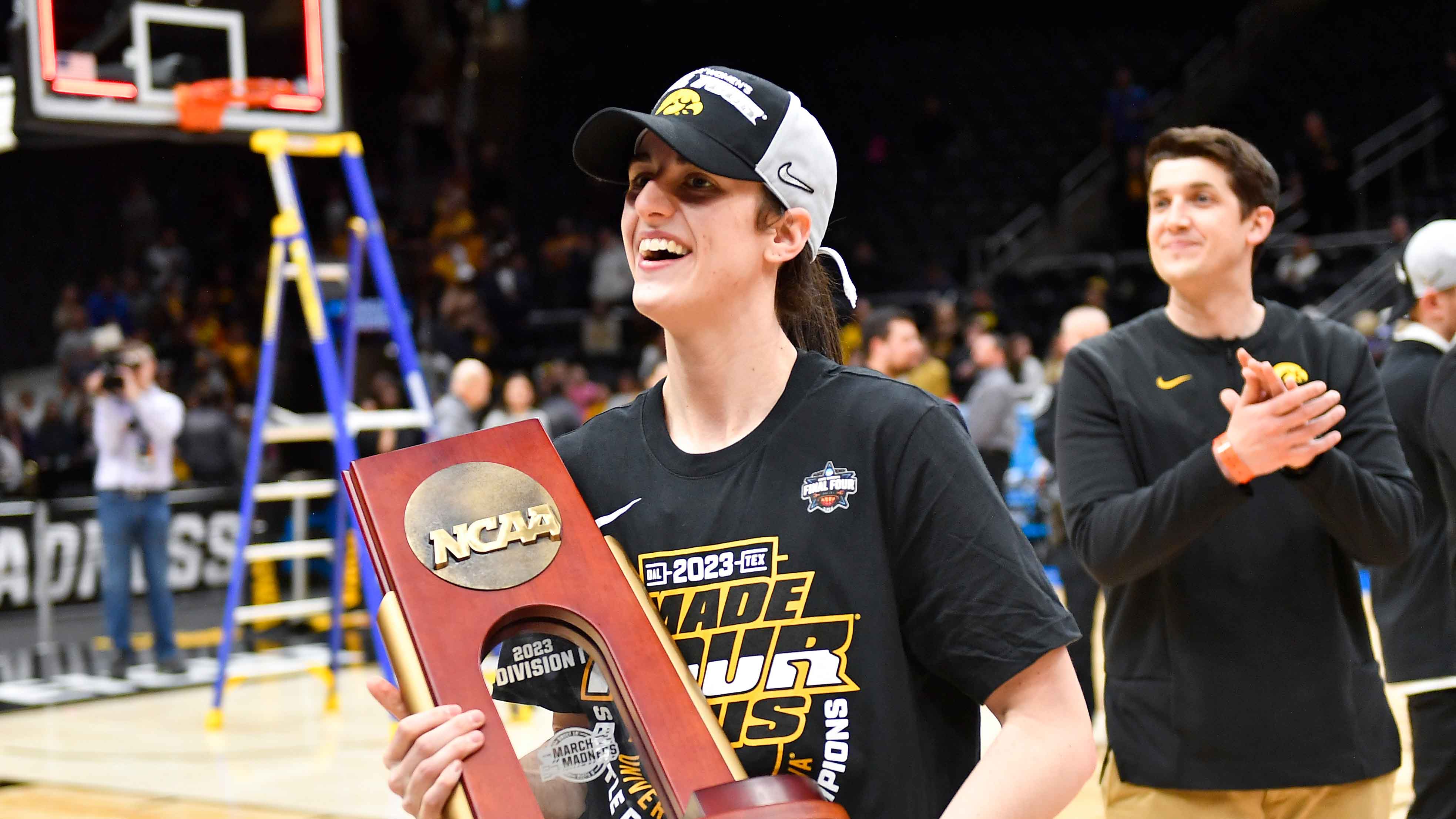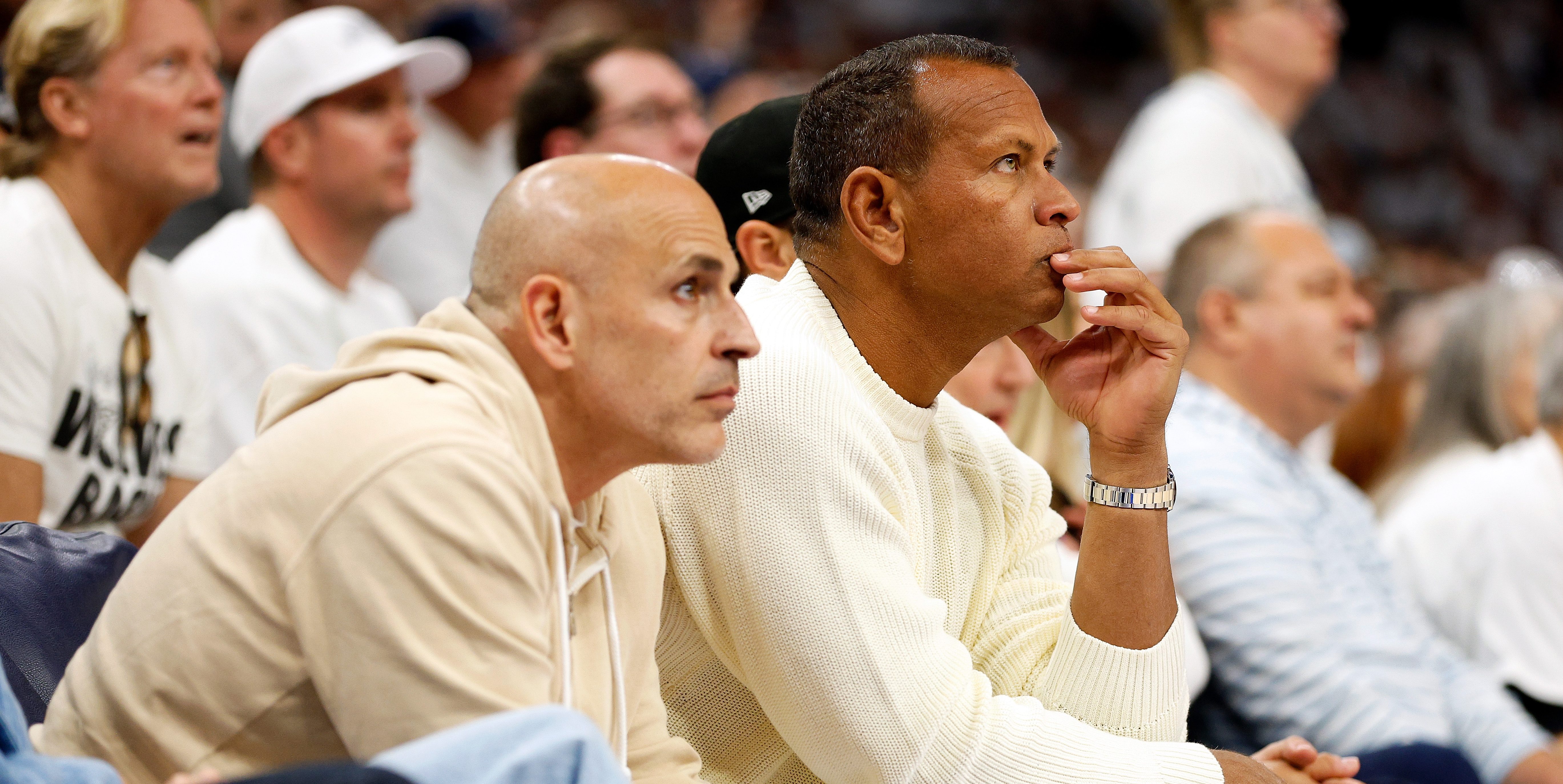When the Miami Marlins begin play Wednesday at their new gem of a ballpark in Little Havana, South Floridians will finally get to watch a baseball game in its intended environment.
Gone are the rows of empty orange seats and Dolphins Honor Roll at Sun Life Stadium. Gone also are the rain delays, humidity, and every other part of the South Florida weather that drove fans away for 19 seasons.
In their place is a 37,000-seat spaceship disguised as a baseball stadium. Marlins Park lacks the corporate-sponsored name of the Marlins' former home, but that is the only thing it is missing (and no one is too concerned about that omission). It could not be any more different from Sun Life Stadium. Even the color of the seats (blue) sit opposite of orange on a color wheel.
The Marlins have wanted a home like this for so long that it took three separate ownership groups to make it a reality. But where John Henry and Wayne Huizenga failed, Jeffrey Loria succeeded (aided in part by county politicians who claim they were swindled into putting up so much money for construction).
Besides giving the Marlins a beautiful place to play, Marlins Park provides the team with a number of added benefits that should help keep the team competitive for years to come. Since the Marlins are the sole tenant, and no longer have to pay rent to the Dolphins ownership group (which also owns Sun Life Stadium), the team will get to keep more of the ticket sales, concession and parking receipts from their home games than ever before. The Marlins will also get added revenue from hosting events at the stadium when baseball is not being played.
The promise of this extra money allowed the front office to go on a spending spree this winter, handing a $106 million contract to superstar shortstop Jose Reyes and significant deals to Heath Bell and Mark Buehrle. Those additions created even more buzz for the team heading into 2012, leading to a spike in ticket sales that will give the team even more revenue to spend on its roster.
This feedback loop has overnight transformed the Marlins franchise from a penny-pinching punchline to a major-market heavyweight that can compete with its rivals in Philadelphia, New York and Atlanta for big-ticket free agents and attention from the national media.
Sports
It is hard to overstate how crucial the opening of Marlins Park has been to this metamorphosis. The Marlins have been criticized for mismanagement in the past (two fire sales in one decade will do that), but the team could not have handled the move to the new stadium more impeccably.
Not content to simply rely on the stadium itself to sell tickets in 2012, the front office went out and obtained the best players they could to fill that stadium and make sure all their new-found fans could root for a strong home team. Now that they have the perfect environment in which to play baseball, the team fielded a roster worthy of that pretty new stadium, one that could bring the franchise its first playoff berth since 2003.
It is not easy to buy a championship (just ask the Yankees), but putting a winning product on the field every year is just what is needed to keep South Florida sports fans interested (just ask the Dolphins). Marlins Park gives the team the purchasing power necessary to do just that.



